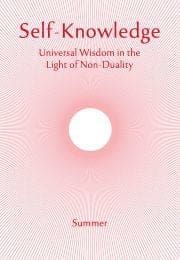St Augustine and the Interior Light
St Augustine lived from 354-430 CE, the time of the gradual disintegration of the Roman Empire. He was born in north Africa, of parents either of Carthaginian or Berber descent and he lived all his life in north Africa, apart from two years spent in Italy when he was in his early thirties—years of importance for his spiritual development. His parents were of very modest means, but with the help of friends, scraped enough together to get him a full Latin education, which went beyond literature into rhetoric and philosophy—the ability to speak eloquently in the Law Courts being a prime avenue for economic advance in those days, as it still is today.
His mother, canonised as St Monica, was a Christian, but his father was a pagan. He says that his mother planted the seeds of Christianity in him when he was a child, but they did not flower out in him till he was in his early thirties. One of the reasons for this was his conceit as a Latin stylist and rhetorician. Although he was a contemporary of St Jerome, who gave the Bible its standard form in literary Latin, St Jerome’s Bible never came into his hands, and he found the older translation barbarous in style and unreadable. When he was about 45 he wrote his most famous work, the Confessions, of which over half consists in the autobiography of the first 35 years of his life. There is some measure of agreement amongst scholars today that he tends to exaggerate his moral weaknesses during this time, in order to accentuate the power and grace of God in lifting him out of the morass.
Subscribe or enrol for free guest access to read all of this article and Self-Knowledge online.


